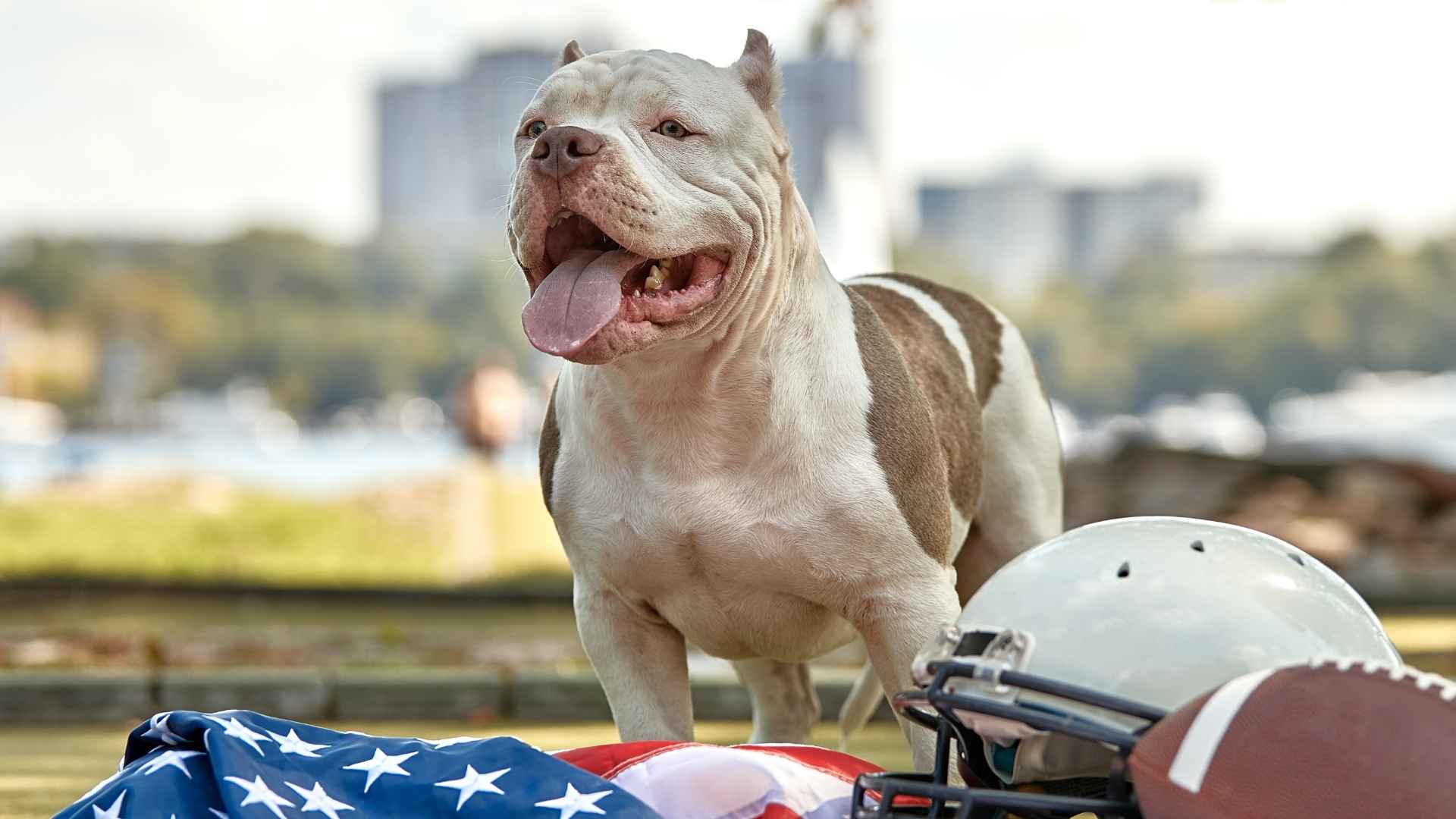They’re strong. They’re striking. And in many places—they’re banned. Some dog breeds have been labeled dangerous, restricted, or even outlawed altogether. But behind every “aggressive” reputation is often a misunderstood companion with a loyal heart. In this eye-opening look into banned dog breeds, we dive into the complex world of breed-specific legislation, public perception behind these canine outcasts.
Breed-specific legislation (BSL) continues to spark intense debate. While these laws are designed to enhance public safety by regulating or banning certain dog breeds, critics argue that they often rely on misconceptions and unfair stereotypes rather than actual behavior or evidence.
Why are some breeds banned while others roam free? Are these laws truly based on data or driven by fear? And what does it mean for responsible dog lovers who just want to give a misunderstood pup a good home?
If you’ve ever wondered why certain breeds are banned, or you’re curious about what makes a dog dangerous in the eyes of the law, this guide is for you. Regulations vary widely around the world, with different countries maintaining their own lists of restricted or banned breeds.
Banned Dog Breeds
1. American Pit Bull Terrier
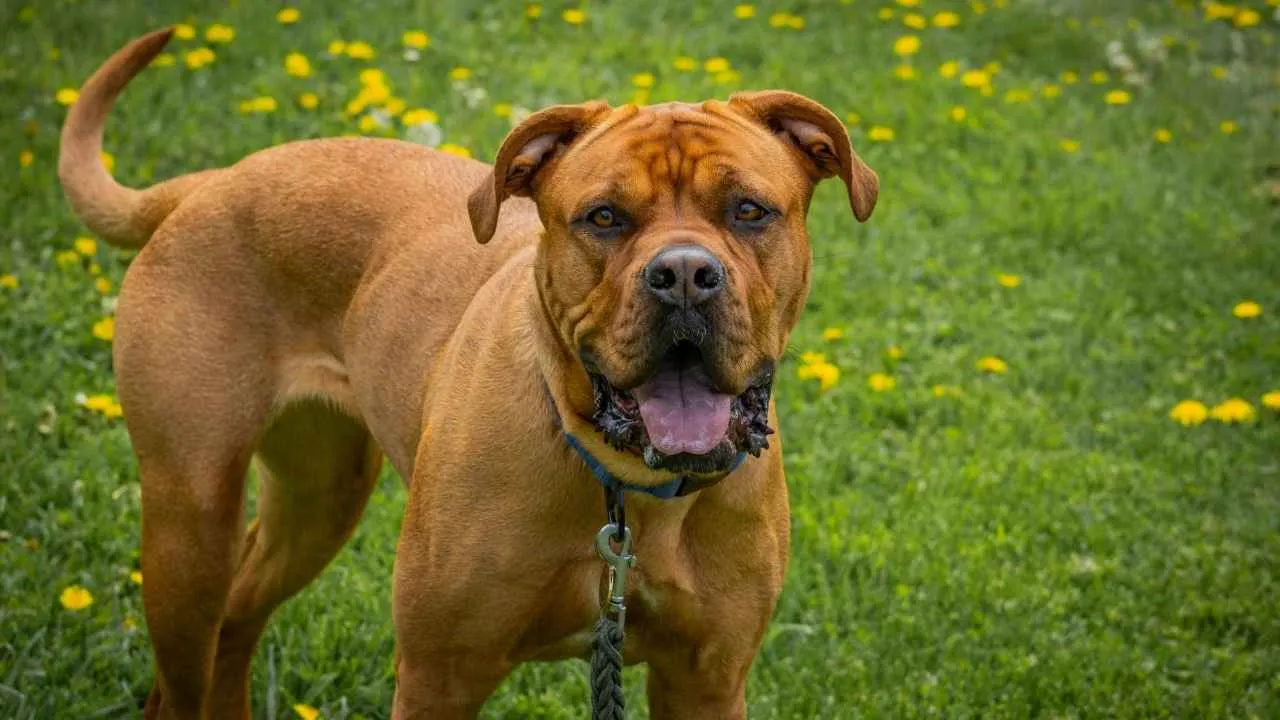
Imagine if The Rock was reincarnated as a dog—tough on the outside, total marshmallow inside. That’s the American Pit Bull Terrier for you.
Often depicted as aggressive and dangerous, the American Pit Bull Terrier has unfortunately become the poster pup for breed bans around the world. Yes, they’re strong. Yes, they’re protective. But so is your grandma when someone criticizes her lasagna recipe.
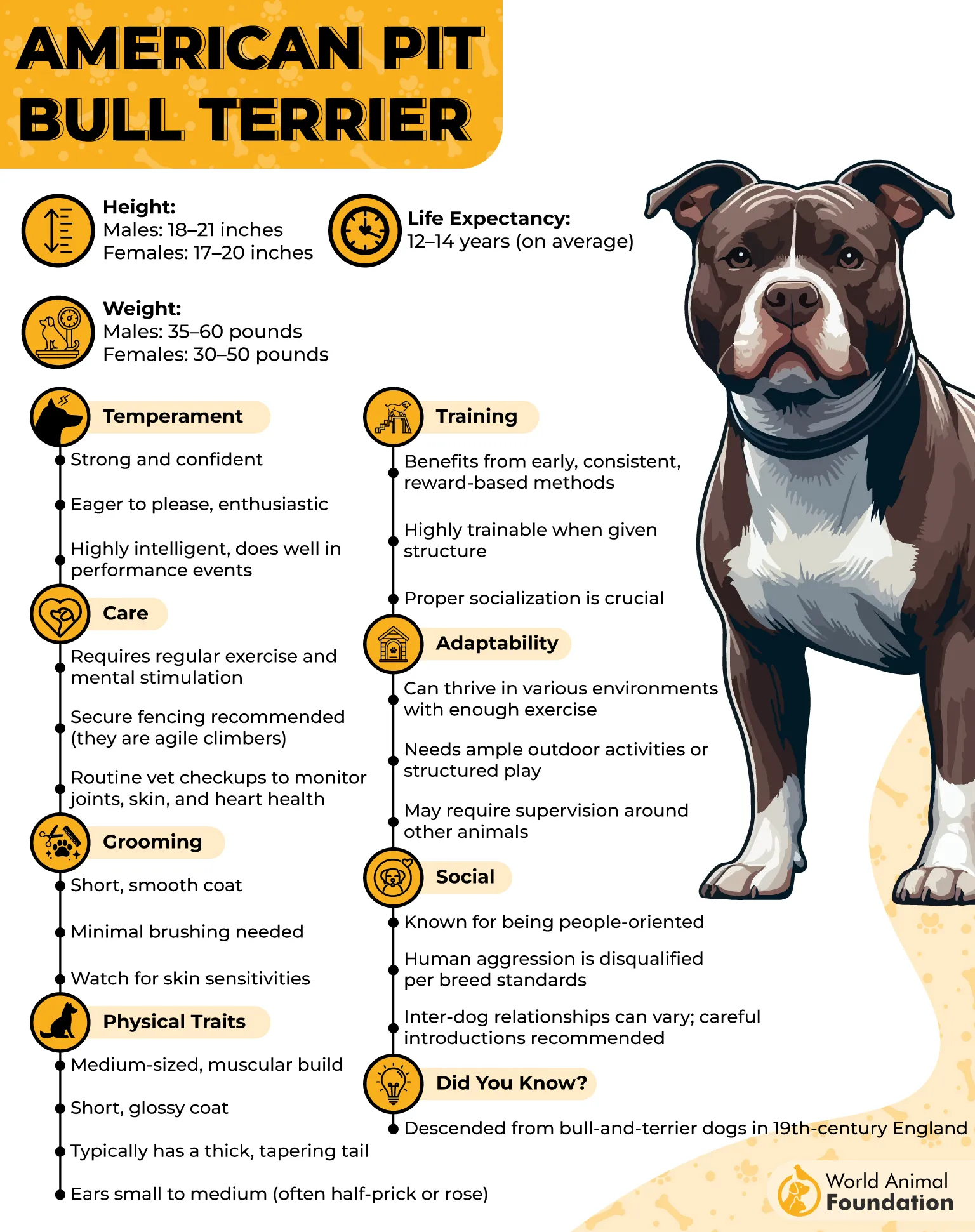
What people often overlook is that these dogs are incredibly affectionate. Pit bull terriers are loyal, goofy, and will do anything to please their humans—including curling up on your lap like a 70-pound chihuahua.
Interestingly, research indicates that American Pit Bull Terriers do not top the list in aggression tests; in fact, smaller breeds such as Dachshunds and Chihuahuas often score higher when it comes to aggressive behavior.
Countries Where These Dog Breeds Are Banned or Restricted
Bermuda
Australia
New Zealand
France
Germany
Denmark
St.Lucia
Puerto Rico
Colombia
So why the ban? Well, like most tragic dog tales, it comes down to bad humans, not bad dogs. Pit Bulls have been used in illegal fighting rings, mistreated, and trained to be aggressive, which, spoiler alert, could make any breed a menace.
But with proper training, socialization, and a home full of love (and squeaky toys), Pit Bulls are just as snuggly and safe as any other breed. Just don’t challenge them to a tug-of-war unless you’re ready to lose.
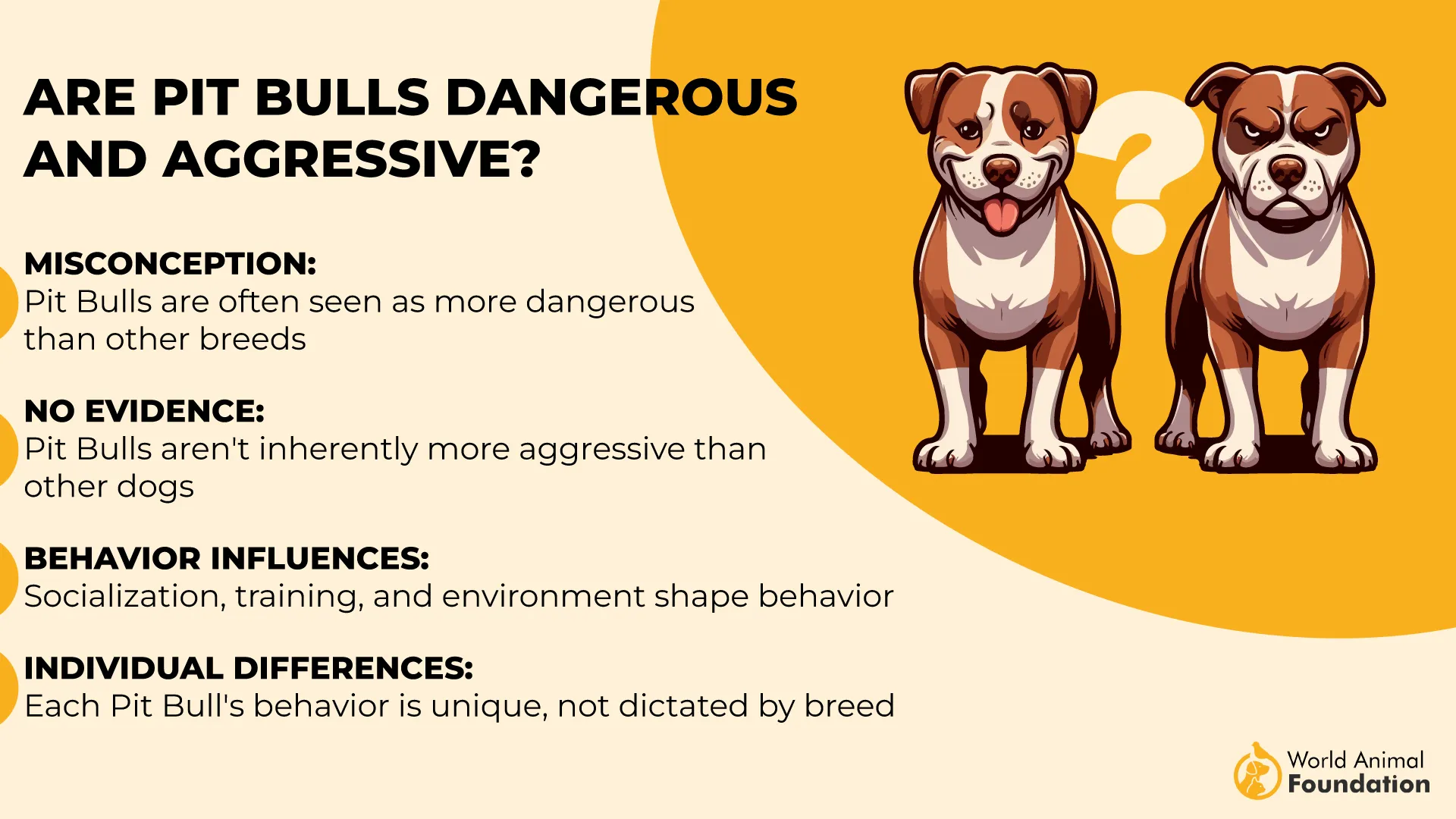
2. American Bulldog

The American Bulldog looks like the guy at the gym who never skips leg day—and is also the first to help you carry your groceries. With a big square jaw, stocky frame, and a face that screams “I’m serious,” this breed tends to scare people off before they get to know him.
Unfortunately, it’s these very traits—combined with their large size and powerful appearance—that can sometimes attract the wrong kind of owner. In the hands of an inexperienced or irresponsible person, this can pose a risk to both the dog and those around them, says Purina.
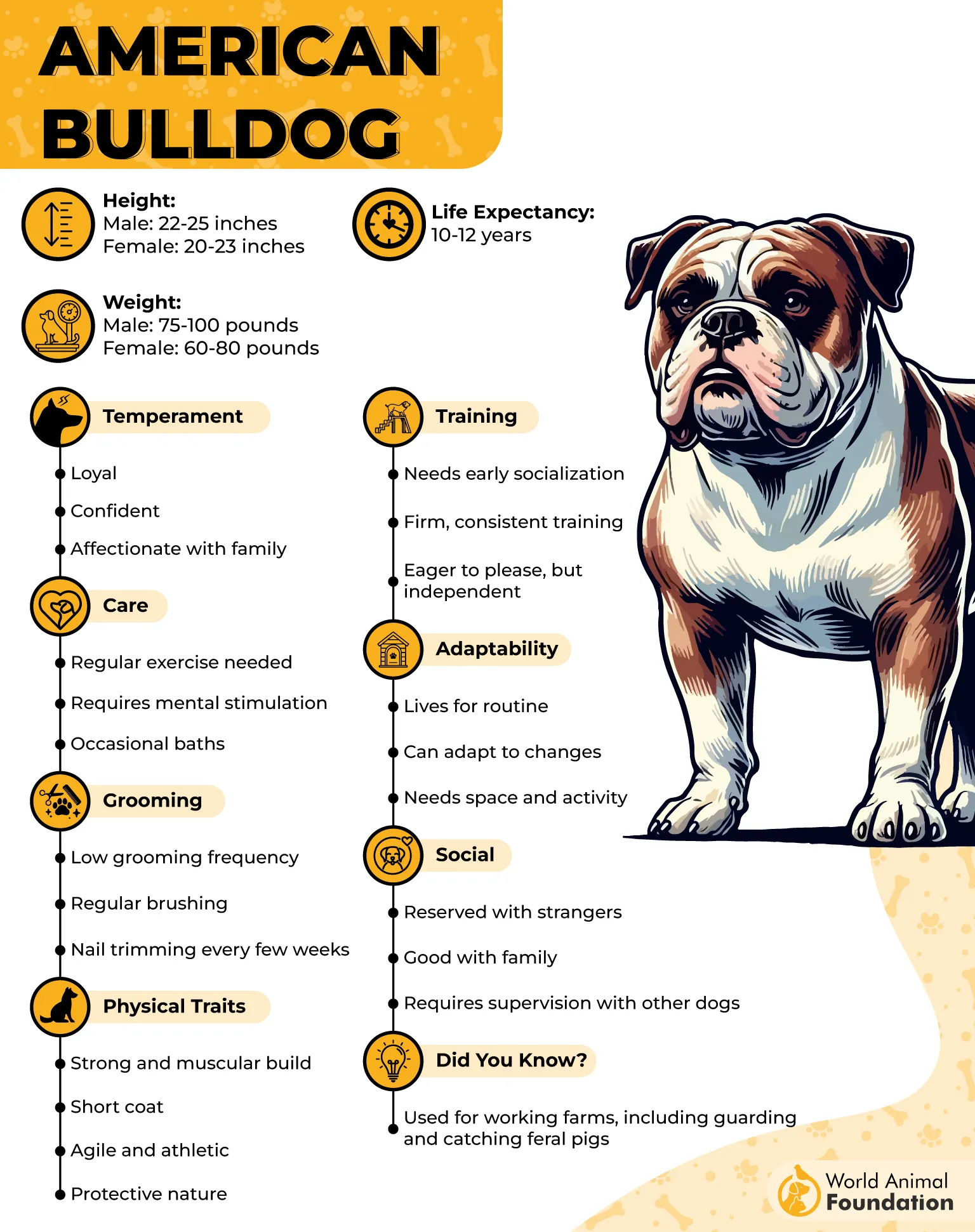
But underneath that bouncer exterior is a total family dog. American Bulldogs are known for their courage, loyalty, and surprising sensitivity. They adore kids, love playtime, and will protect their home like it’s Fort Knox—but without being unreasonably aggressive.
Countries Where These Dog Breeds Are Banned or Restricted
Bermuda
Denmark
Singapore
Malaysia
St. Kitts & Nevis
India
So, why are they sometimes banned? Simple: they get lumped into the “bully breed” category. And thanks to a few viral videos and one too many tabloid headlines, they’ve ended up on the no-fly list in places with breed-specific legislation (BSL). Spoiler alert: BSL is kind of like blaming all cats for your ex’s bad attitude.
3. American Staffordshire Terrier

Imagine a bodybuilder who secretly loves bubble baths and cuddles. That’s your American Staffordshire Terrier—aka AmStaff to friends and fan clubs.
The American Staffordshire Terrier, closely related to the Pit Bull Terrier, faces similar breed restrictions in many places. For example, in Melvindale, Michigan, this breed is completely prohibited.
However, despite these bans, American Staffordshire Terriers often show a gentle nature and are frequently successful as therapy dogs, providing comfort to hospital patients and children.
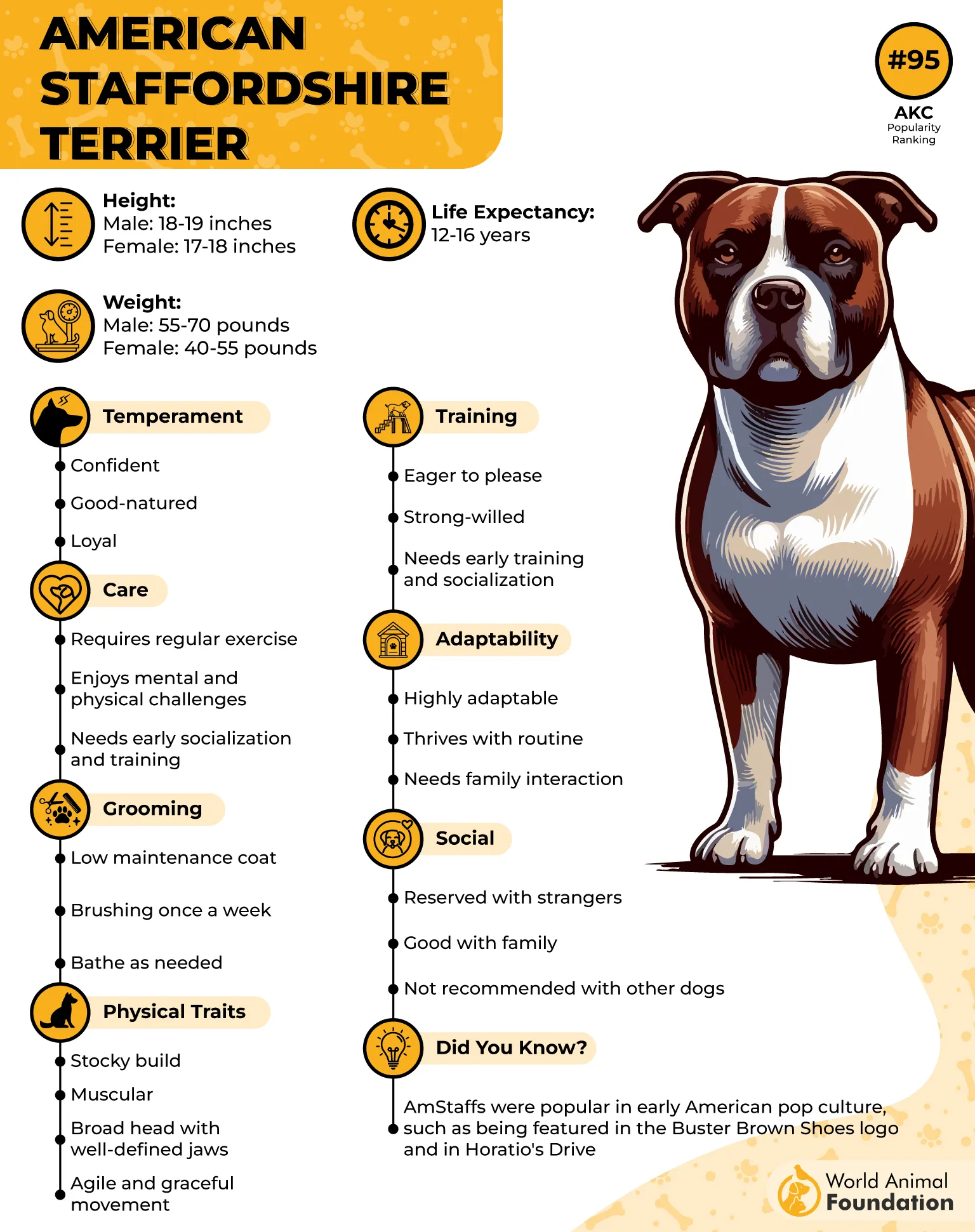
With their blocky heads, muscular build, and intense gaze, Staffordshire bull terriers have got the look of a dog who could bench-press your house. But the moment they wag that tail or drop into a play-bow, you realize they’re just overgrown lovebugs with a soft spot for belly rubs and baby talk.
Countries Where These Dog Breeds Are Banned or Restricted
United States
Bermuda
Denmark
St.Lucia
St. Kitts & Nevis
Puerto Rico
Colombia
So why the ban? Well, much like their Pit Bull cousins, Staffordshire bull terriers have been on the receiving end of bad PR for decades. They’re often confused with other breeds (we’re looking at you, Pit Bull mix #73), and any bad behavior gets broadcast like a canine crime alert.
But here’s the truth: Staffordshire bull terriers are people-pleasers, smart, loyal, and shockingly patient with kids. Yes, they need training and a firm, loving hand—but don’t all dogs?
Still, thanks to breed-specific legislation (BSL), many areas treat them like four-legged fugitives. Their crime? Looking like a tough guy in a hoodie when all they really want is to snuggle on your pillow.
4. Bull Terrier
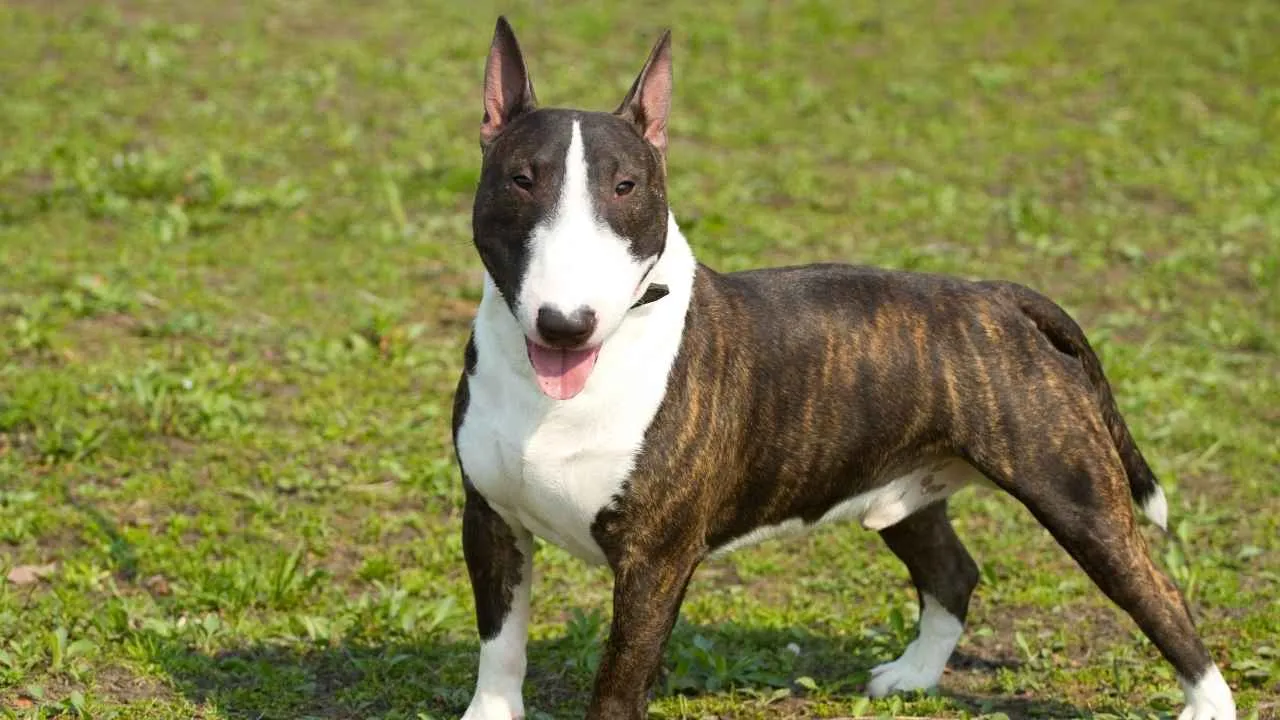
Now this one’s easy to spot at the dog park. That egg-shaped head, those tiny triangle eyes, and a walk that screams, “I just thought of something hilarious.” Meet the Bull Terrier, a dog with the swagger of a cartoon character and the energy of a toddler on espresso.
According to the AKC, four essentials contribute to a Bull Terrier’s happiness: early socialization with both people and other dogs; consistent, gentle training; plenty of physical activity; and lots of affectionate time with their beloved humans.
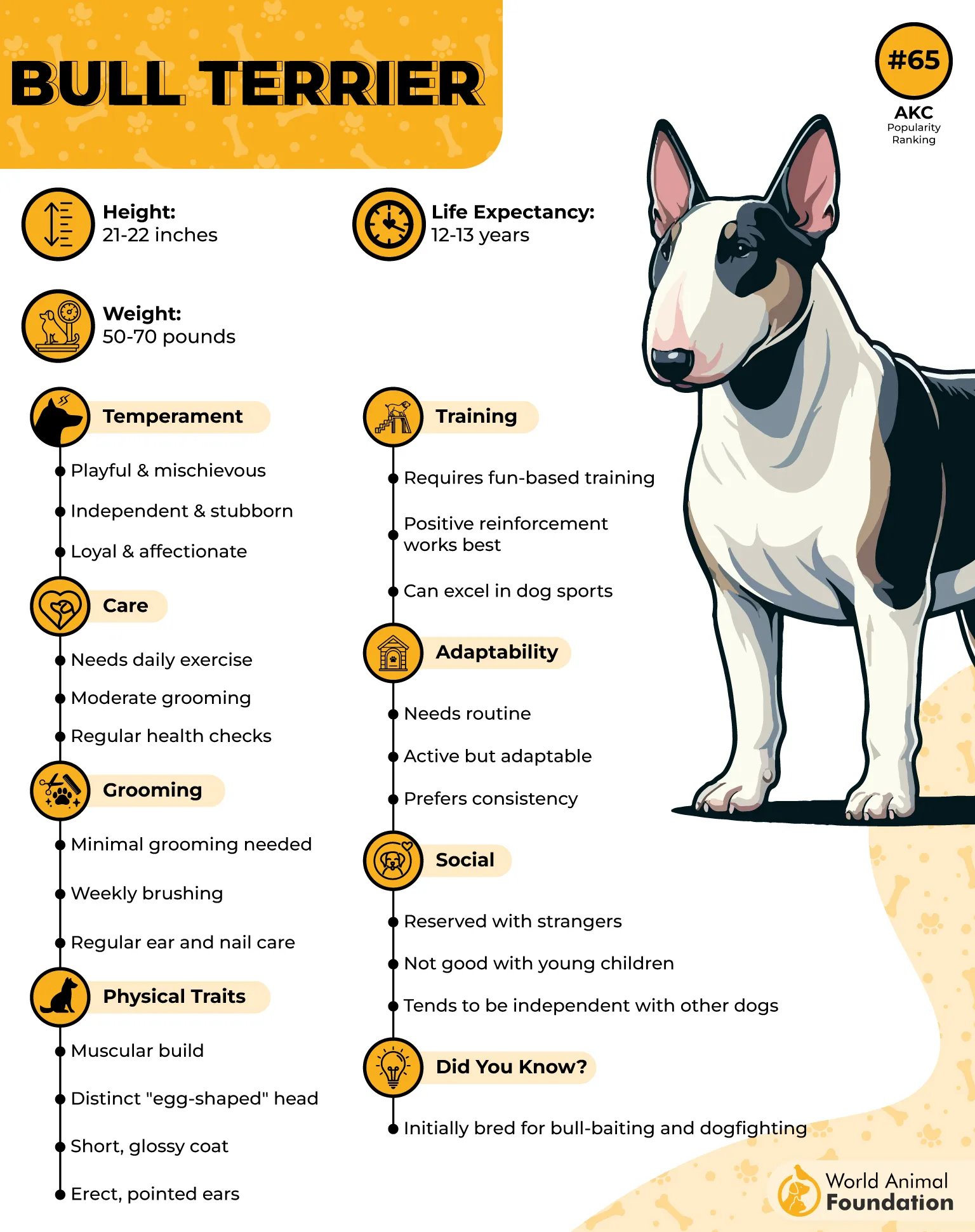
Despite their clownish personality and quirky looks, Bull Terriers often find themselves on breed ban lists. It’s baffling because this breed is basically a stand-up comedian in a dog’s body. They’re known for their loyalty, curiosity, and ability to turn any ordinary object, like your shoe, into a party toy.
Yes, they can be strong-willed (read: stubborn as a mule with a gym membership), but with consistent training and plenty of playtime, Bull Terriers are loyal companions and world-class entertainers. They’re the type of dog that will make you laugh, cry, and question your furniture choices—all in one afternoon.
Countries Where These Dog Breeds Are Banned or Restricted
St.Lucia
Malaysia
Israel
Qatar
Why the bans, then? You guessed it—looks and stereotypes. Throw in a few exaggerated tales and a couple of chaotic moments, and suddenly the Bull Terrier’s name is on the naughty list.
5. Akita

If a dog could wear armor and quote ancient proverbs, it would be the Akita. This breed is loyal to the core, quiet as a monk, and has the kind of stare that says, “I’ve seen things.”
Originating in Japan, Akitas were bred to guard royalty and hunt big game like bears. Yes, bears. So, it’s no surprise that they come with a certain no-nonsense attitude. These dogs don’t suffer fools—or squirrels—gladly.
Akitas share many features with Shiba Inus, including a fox-like face, erect triangular ears, a dense, plush coat, and a curled tail over the back. However, unlike the smaller Shiba, which weighs around 20 pounds, Akitas are a large breed, weighing between 70 to 130 pounds and standing 24 to 28 inches tall.
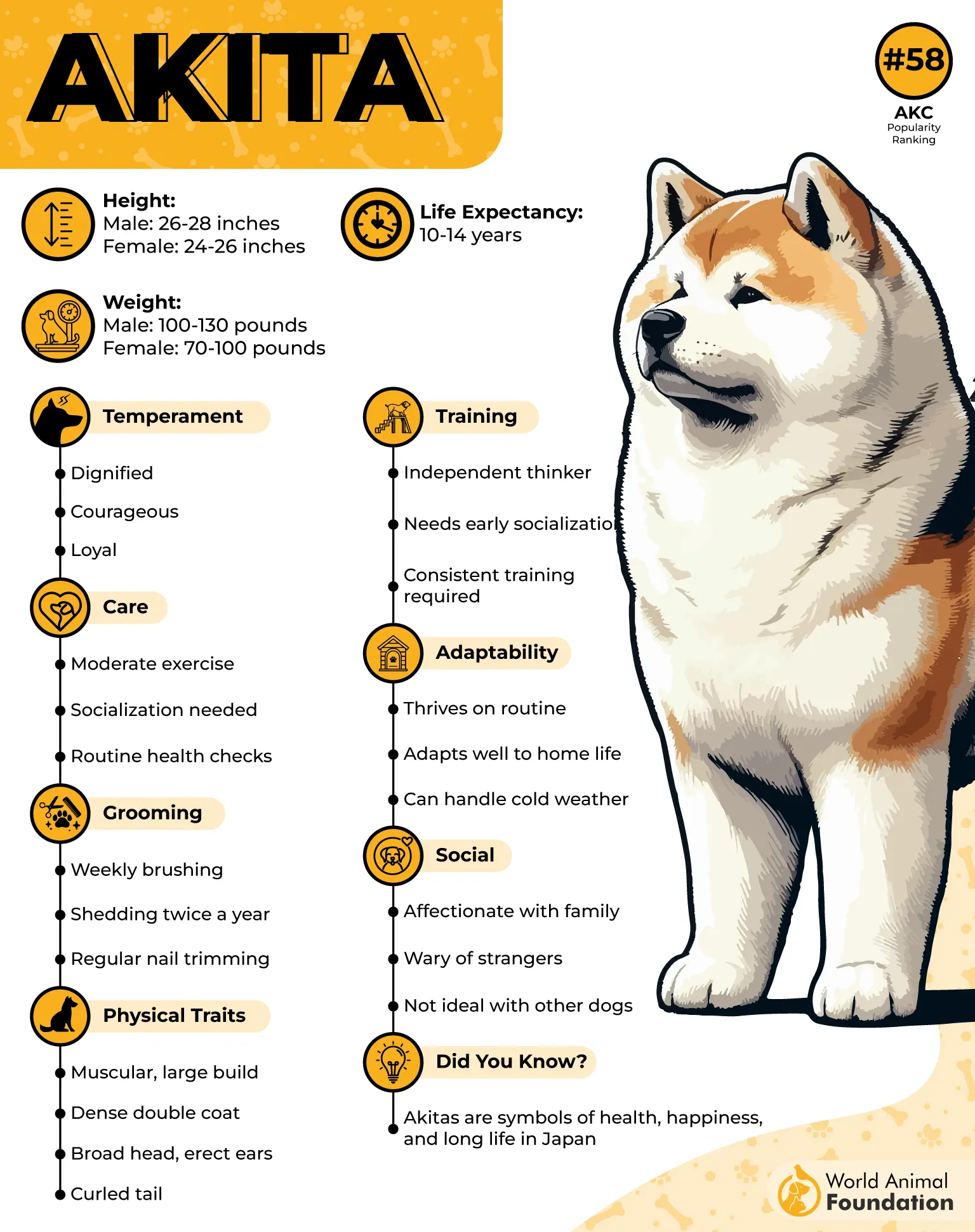
But here’s the twist: under that stoic exterior lies a big ol’ softie. Once you’re part of their inner circle, they’ll protect you, love you, and quietly judge everyone who walks past your house. PetMD says, Akitas form strong bonds with their family, but they tend to be reserved—and sometimes uneasy—around unfamiliar people at first.
Countries Where These Dog Breeds Are Banned or Restricted
United States
Singapore
Malaysia
India
Qatar
So why are Akitas banned in some places? Well, they’re independent, strong-willed, and tend to be a bit meh about strangers and other pets.
Combine that with their size and strength, and you get nervous lawmakers and nervous neighbors. But again, it’s not about being dangerous—it’s about being misunderstood.
And honestly, can you blame them? We’d be grumpy too if people kept calling us “weird-looking huskies.”
6. Rottweiler

Rottweilers walk into a room like they own it—and, frankly, they might. With their broad chests, dark eyes, and “I’m watching you” stare, Rotties have been the star of many a “Beware of Dog” sign.
But plot twist: they’re actually giant cuddle monsters.
Originally bred as drover dogs in Germany (they even carried little coin purses around their necks for farmers), Rottweilers are loving and often think they’re lapdogs, despite being large.
Though Rottweilers have a strong and imposing appearance, they’ve long been trusted by humans as herding dogs, protectors, and even in search-and-rescue roles. With proper training and responsible care, Rottweilers are intelligent and loyal companions.
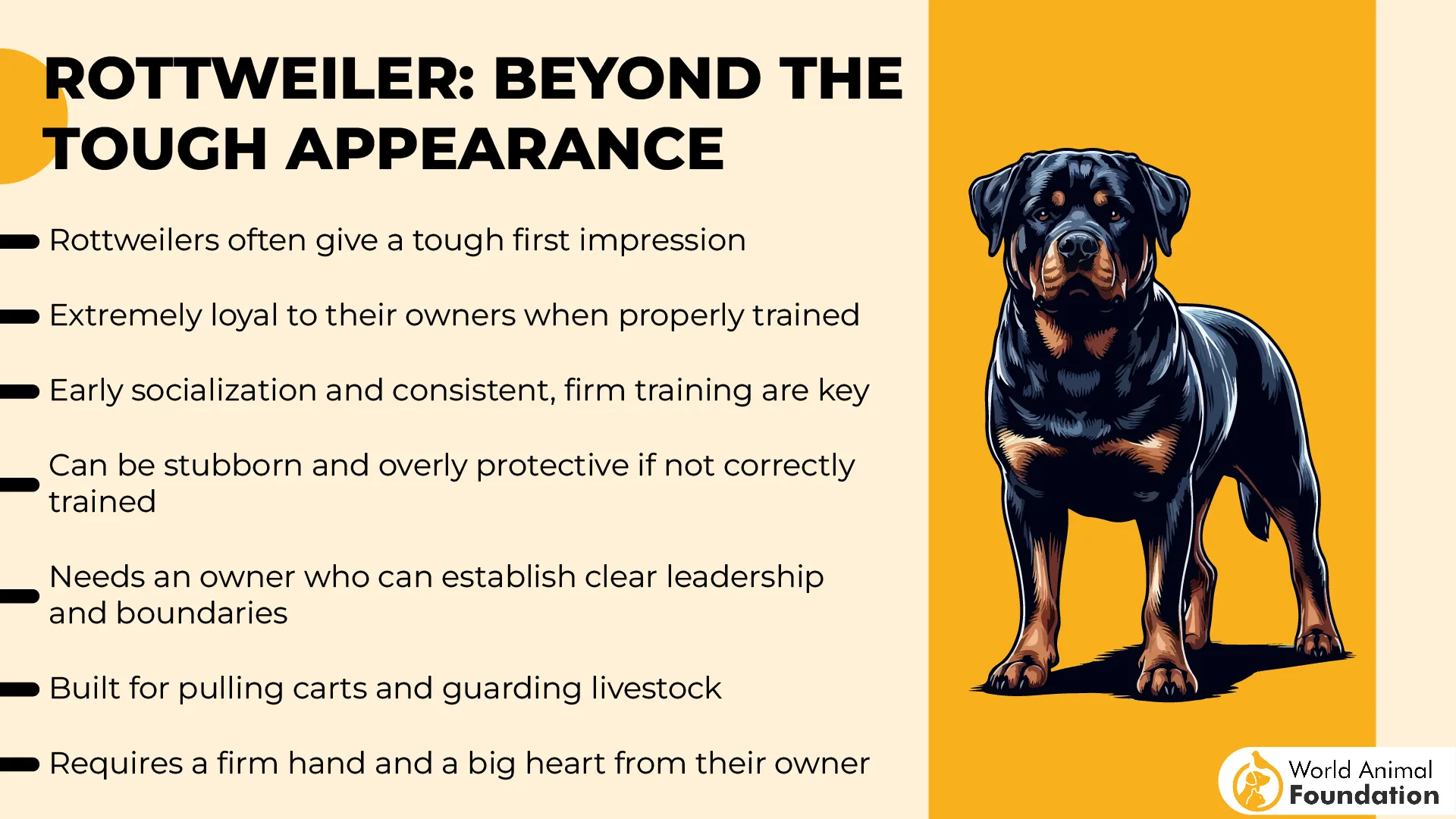
So why the ban? Well, Rotties are protective and powerful, and if you don’t train them, they’ll make up their own rules—and spoiler: those rules might involve barking at your mailman every day for the rest of his career.
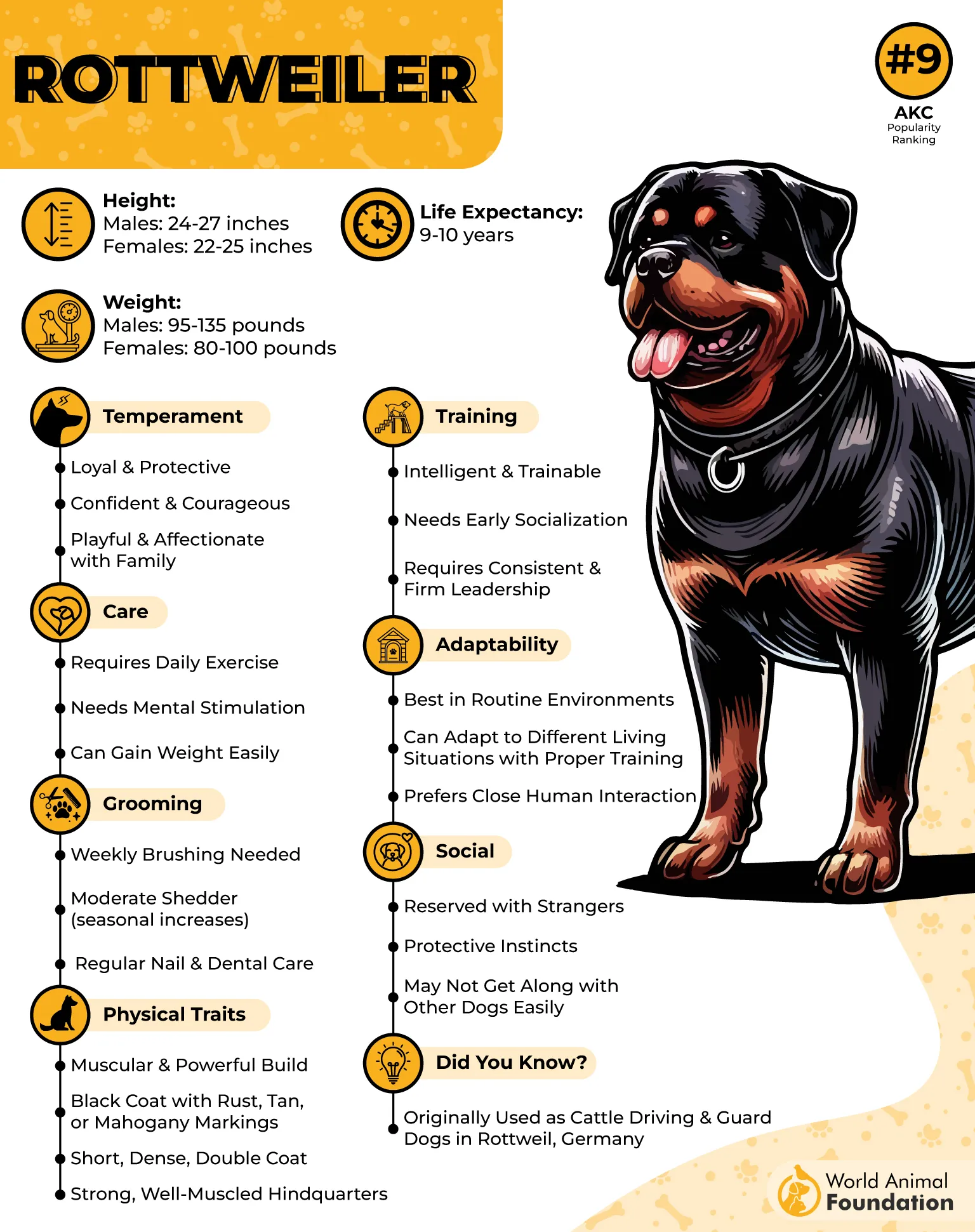
But give them structure, socialization, and a squeaky toy, and you’ve got yourself a loyal best friend who just happens to look like a professional bouncer.
Countries Where These Dog Breeds Are Banned or Restricted
United States
Romania
Bermuda
Switzerland
Portugal
Fun fact: They’re also known to be incredibly gentle with children. So yes, they can break down a door—but they’d rather sit by one, waiting for your kid to come home.
7. Chow Chow
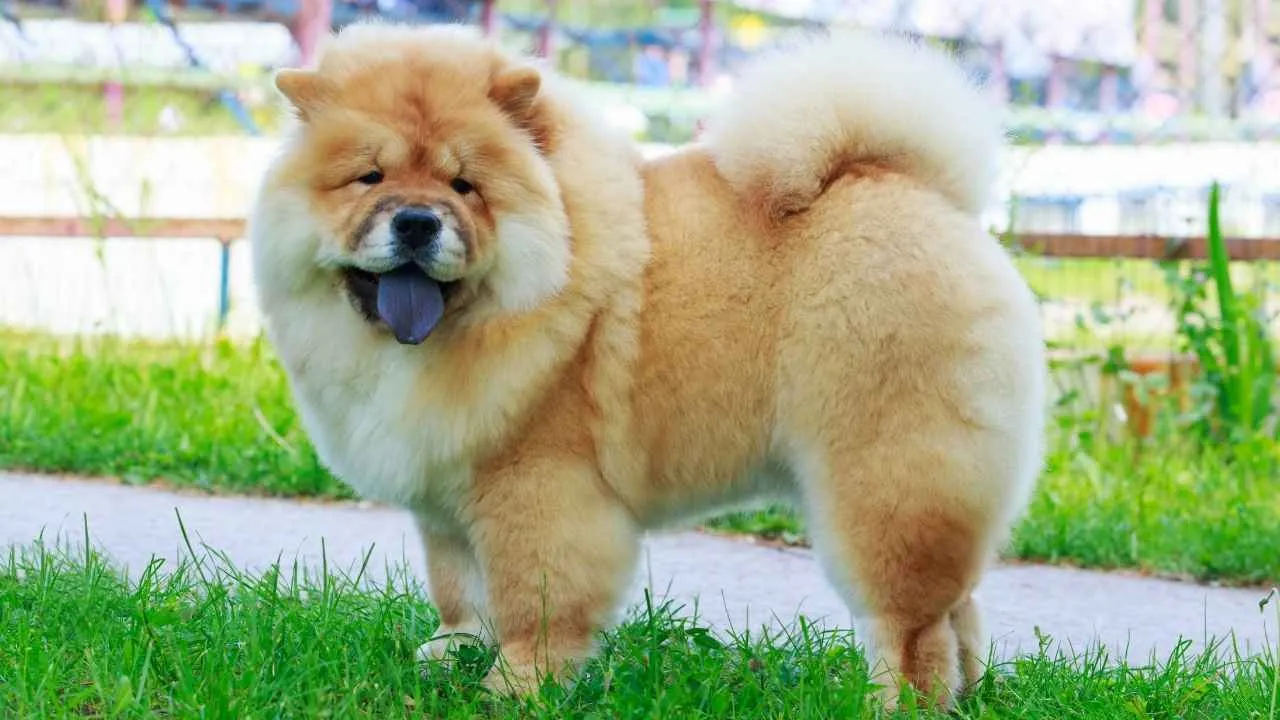
Ah yes, the Chow Chow—a dog that looks like a lion, acts like a cat, and judges you like an old aristocrat in a Victorian novel.
This ancient Chinese breed is known for its blue-black tongue, majestic mane, and that “I only tolerate peasants” energy. Chows are not your typical tail-wagging, ball-chasing goofballs. They’re dignified, independent, and probably plotting how to rearrange the living room.

But don’t mistake aloofness for aggression. Chow Chows are incredibly loyal to their families—once you’re in, you’re in. They just prefer to show love in mysterious, “I’ll sit nearby but don’t touch me” kind of ways.
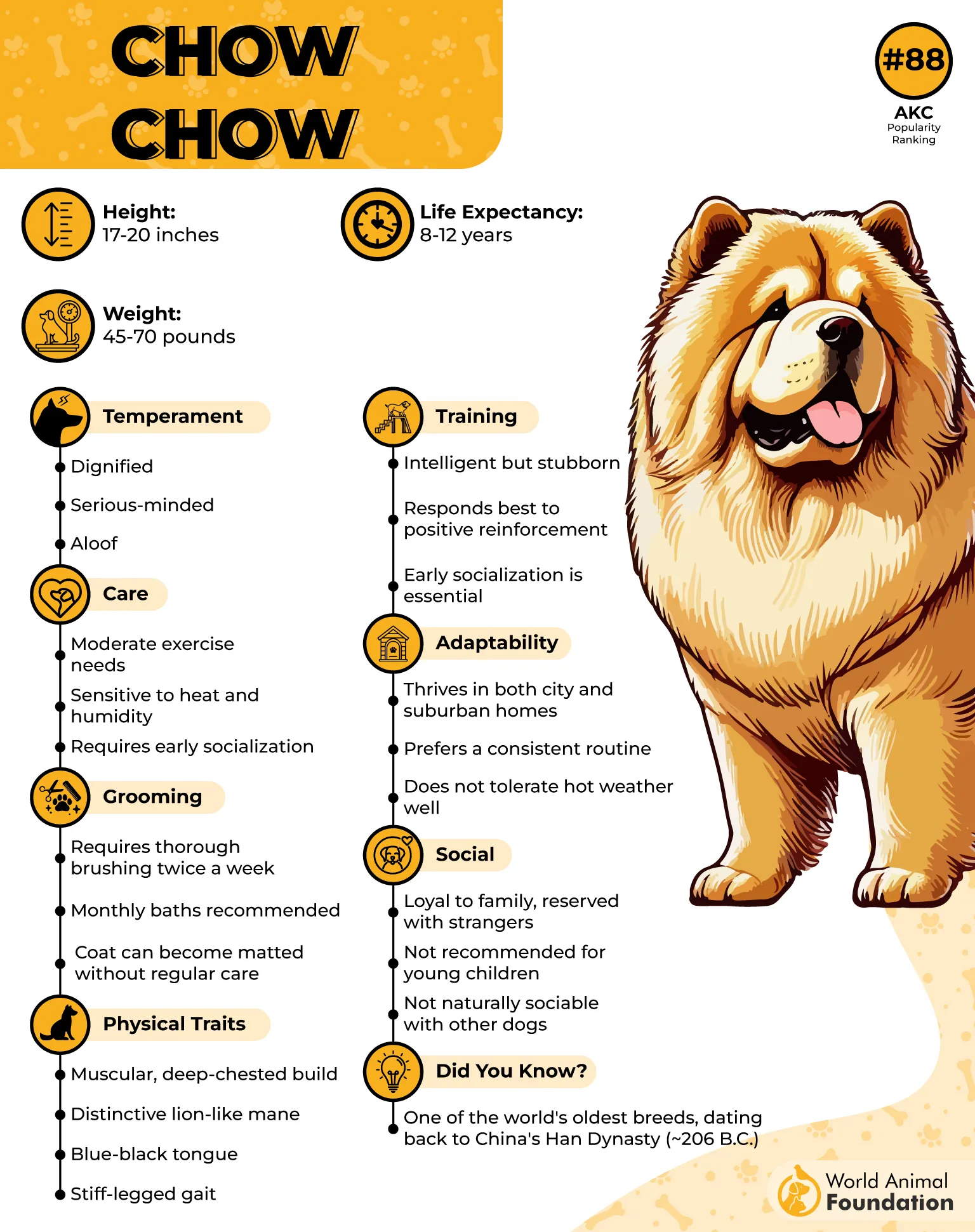
So why are they banned? Well, they can be territorial, a bit reactive if not properly socialized, and they don’t exactly throw welcome parties for strangers. Combine that with their resting regal face, and you’ve got a breed some cities consider too risky.
Countries Where These Dog Breeds Are Banned or Restricted
Qatar
But Chow Chows aren’t dangerous—they’re just the introverts of the dog world. Respect their space, keep them well-trained, and they’ll rule your home like a tiny emperor.
Conclusion
Breed-specific legislation (BSL) continues to impact dog owners and communities worldwide, as certain dog breeds like Staffordshire Bull Terriers, American Pit Bull Terriers, American Staffordshire Terriers, Dogo Argentino, Japanese Tosas, Neapolitan Mastiffs, and various pit bulls often face breed restrictions or outright bans. These banned breeds are labeled as potentially dangerous dogs due to concerns over aggression and dog attacks, leading local governments and state laws to impose regulations aimed at public safety and animal control.
While these breed restrictions intend to reduce incidents involving vicious dogs, the effectiveness of banning ownership of specific breeds remains controversial. Many argue there is no significant difference in aggression levels when comparing banned breeds to other dog breeds, especially mixed-breed dogs or individual dogs that do not exhibit violent behavior.
For prospective dog owners, understanding breed-specific laws is essential before adopting or acquiring a dog that matches these restricted categories. Ultimately, while breed-specific legislation targets certain breeds for public safety, balanced approaches that consider individual dog behavior may provide more effective solutions than blanket bans.


